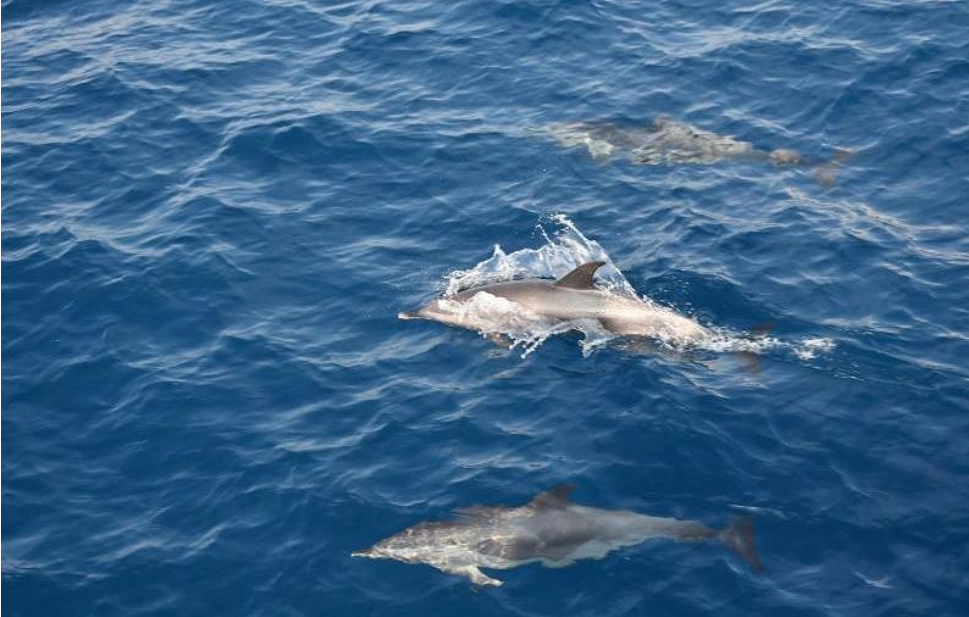Prospects for the surviving dolphins in the Black Sea to grow their population numbers are unlikely to get back to previous levels, Irina Logominova, PhD in biology and researcher at the Vyazemsky Karadag Research Station, said during a media tour organized by the regional Ministry of Tourism.
“The current cetacean situation in the Black Sea is extremely difficult. The Azovka dolphin, white-bellied porpoise and bottle-nosed dolphin have nearly been wiped out and are now on the verge of extinction. They used to be caught as fish in the past. Although catching dolphins is banned now, the hunt for them in the 1930-50s hit their population hard, putting them on the brink of extinction. As for a possible rise in the population, it looks unlikely. The primary goal is to preserve what we currently have. The surviving mammals are unable to recover their previous population levels,” she explained.
According to Logominova, about 1,200 to 1,300 bottle-nosed dolphins, some 2,000 to 3,000 white-bellied porpoises and less than 1,000 Azovka dolphins currently live off the coast of Crimea. The expert noted that after catching dolphins was banned, their population was affected by large-scale fishing, which depleted their food base.
“Fish species diversity was lost in the past 20 to 30 years. The dolphin’s body is getting weaker and immunity is decreasing, while cetaceans are very susceptible to infections common to the Black Sea,” she said.
The Black Sea and the Sea of Azov are home to three cetacean species, namely Azovka dolphins, white-bellied porpoises and bottle-nosed dolphins. The bottle-nosed dolphin and the Azovka dolphin (or the sea pig) are listed in the Red Book of Russia, while the white-bellied porpoise is listed in the Red Book of Crimea. This means that these species are endangered and their protection and preservation requires comprehensive efforts.


